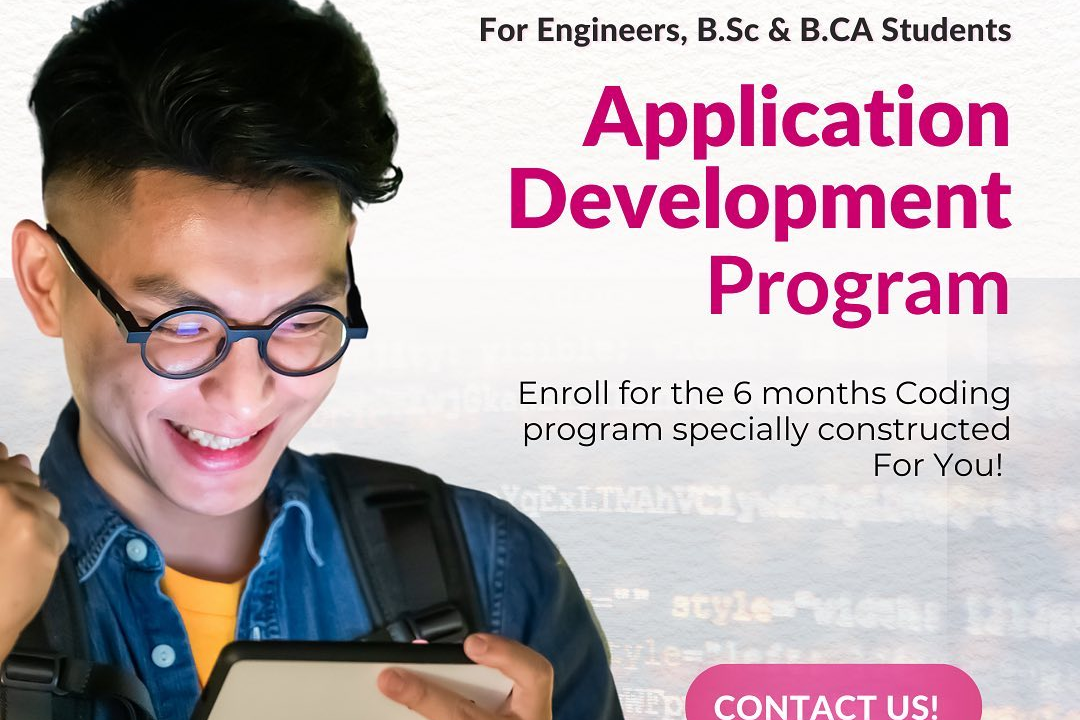Flutter User Experience Research
Enhancing User Experience in Flutter Applications: A Research Overview
Flutter User Experience Research
Flutter user experience research focuses on understanding how developers and end-users interact with Flutter applications to enhance usability, performance, and overall satisfaction. This research typically involves gathering insights through surveys, interviews, usability testing, and analyzing user behavior to identify pain points and preferences. By studying factors such as navigation, design consistency, responsiveness, and integration of platform-specific features, researchers aim to inform the development of tools, libraries, and documentation that improve Flutter's framework. Ultimately, the goal is to create a more intuitive and efficient environment for building visually appealing and high-performing applications across multiple platforms, thereby fostering a better experience for both developers and users alike.
To Download Our Brochure: https://www.justacademy.co/download-brochure-for-free
Message us for more information: +91 9987184296
1 - Understanding User Needs: Research methods such as surveys and interviews to gather insights into what users want from Flutter applications, helping to shape the development process.
2) Personas Development: Creating user personas that represent different target segments, allowing students to empathize with users when designing applications.
3) User Journey Mapping: Teaching how to map out user journeys to identify pain points in using mobile applications, ensuring features address real world problems.
4) Heuristic Evaluation: Introducing students to heuristic evaluation methods, simplifying the assessment of Flutter app interfaces against established usability principles.
5) A/B Testing: Educating on A/B testing strategies to compare different app designs, helping students learn which changes enhance user experience the most.
6) Accessibility Considerations: Understanding the importance of making applications accessible, guiding students to create Flutter apps that cater to users with disabilities.
7) Usability Testing: Conducting usability testing sessions where students can observe real users interacting with their applications, gathering qualitative feedback.
8) Design Thinking Approach: Teaching a design thinking methodology that encourages iterative development based on user feedback, leading to more user centered apps.
9) Mobile Interaction Patterns: Analyzing common mobile interaction patterns and gestures that users expect so students can implement intuitive navigation and controls.
10) Feedback Loops: Instilling the importance of creating feedback loops within apps, enabling reactions to user actions which foster an interactive experience.
11) Performance Optimization: Researching how app speed and responsiveness influence user experience, ensuring students understand the importance of app performance.
12) Visual Design Principles: Educating on visual design best practices to create aesthetically pleasing interfaces that enhance user engagement in Flutter projects.
13) Emotional Design: Exploring how emotional responses to app design can affect user experience, teaching students to create emotionally compelling applications.
14) Cross Platform Consistency: Investigating how to maintain a consistent user experience across different devices and platforms, essential in Flutter’s cross platform framework.
15) Data Analysis: Training students to analyze user data effectively to make informed decisions when refining user interfaces based on real usage patterns.
16) Community Feedback Integration: Highlighting the importance of integrating community feedback in the development process, fostering a learning culture around continuous improvement.
17) Prototyping Tools: Introducing students to various prototyping and wireframing tools which can help visualize user flows before coding begins in Flutter.
18) User Centric Culture: Encouraging a user centric culture within teams, ensuring that students value user feedback and prioritize it during the development cycle.
19) Collaboration with Designers: Teaching how to collaborate effectively with UX/UI designers in a development environment, creating synergy between coding and design aspects.
20) Trends in Mobile UX: Keeping students updated on the latest trends in mobile UX design, inspiring innovative ideas and keeping their skills relevant.
These points can form a comprehensive curriculum for a training program, guiding students through key aspects of user experience research and application development using Flutter.
Browse our course links : https://www.justacademy.co/all-courses
To Join our FREE DEMO Session: Click Here
Contact Us for more info:
Best Complete iOS Developer Course
Features of NoSQL
Java For Enterprise Resource Planning (ERP) Mumbai-mumbai)
Advanced Android Courses For Professionals
introducing machine learning











